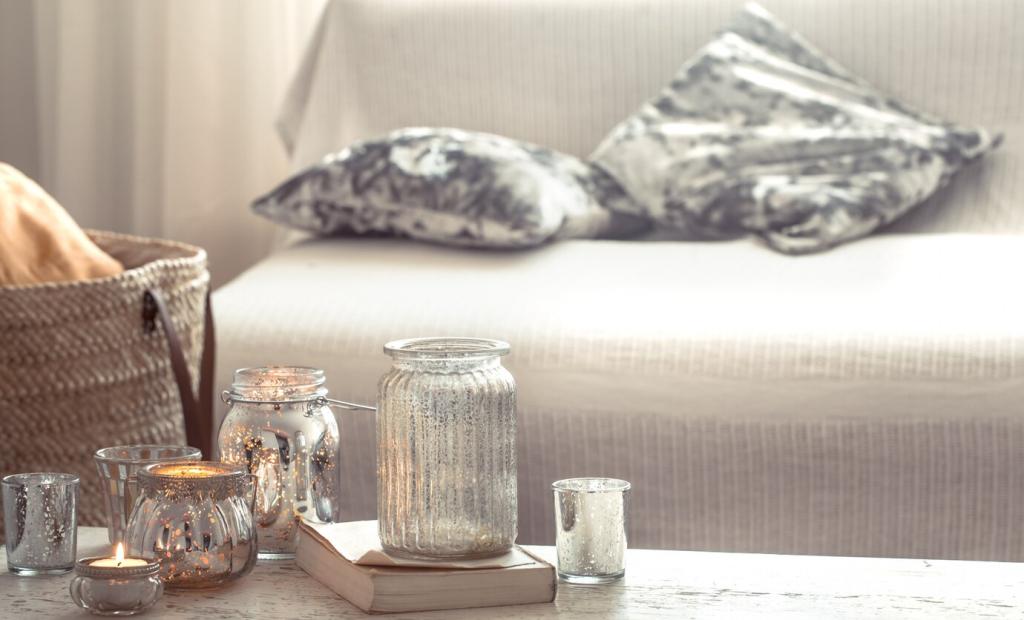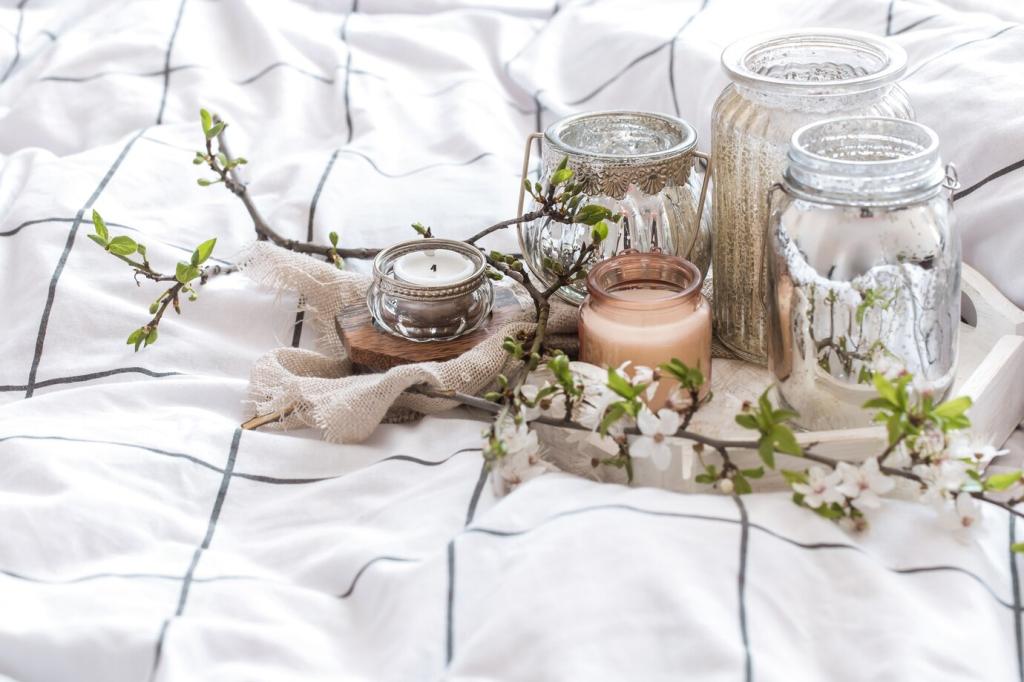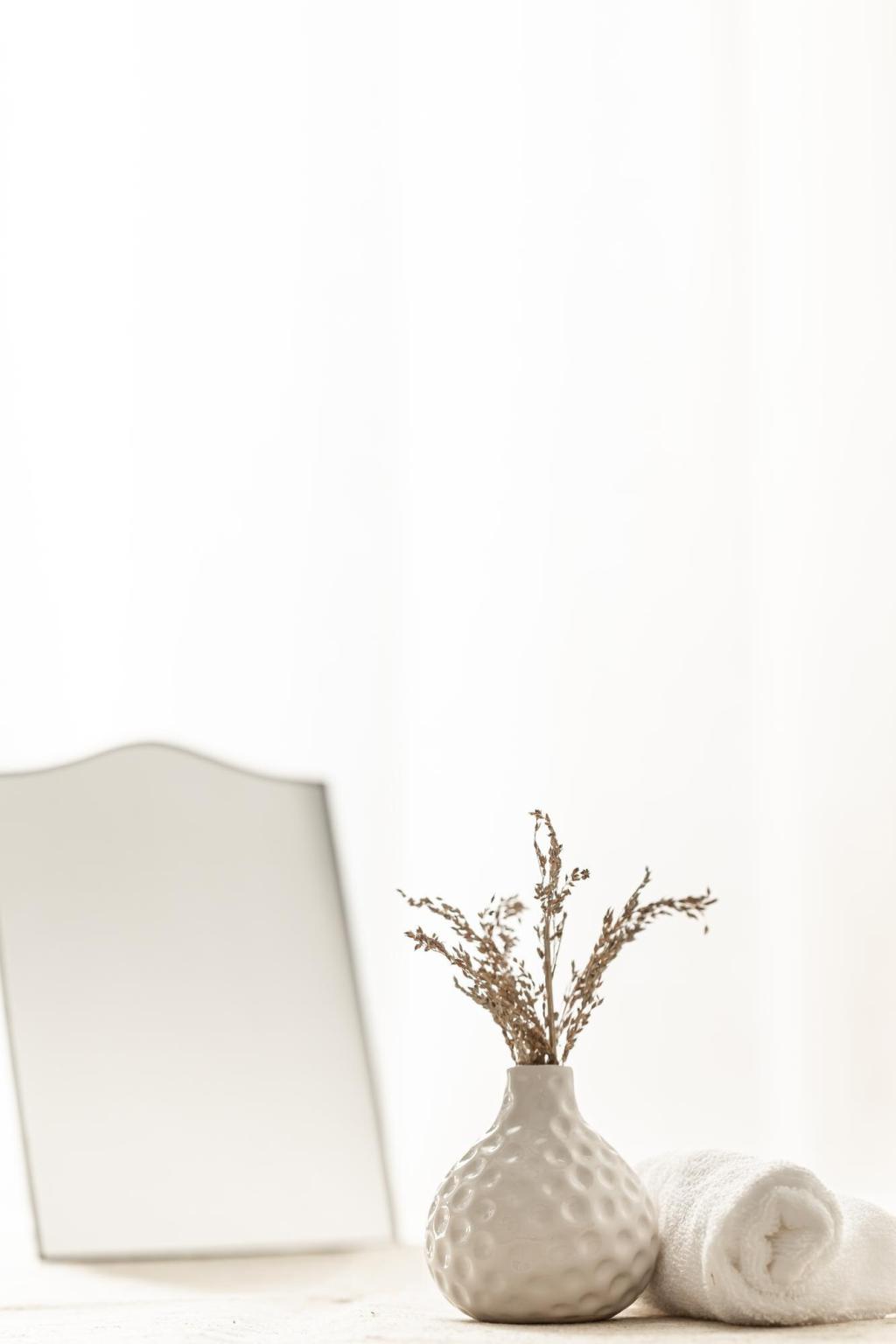Story: The Calm Window in Kari’s Apartment
Kari’s desk faced a busy street, mind buzzing after work. She tried playlists and timers, yet restlessness persisted. Can you relate to that restless edge that resists quiet, even with good intentions?
Story: The Calm Window in Kari’s Apartment
She hung a pale shoreline lithograph above a simple oak shelf. During pauses, she followed the horizon line with her breath, letting the pale gray sea hold her attention without demanding it.



